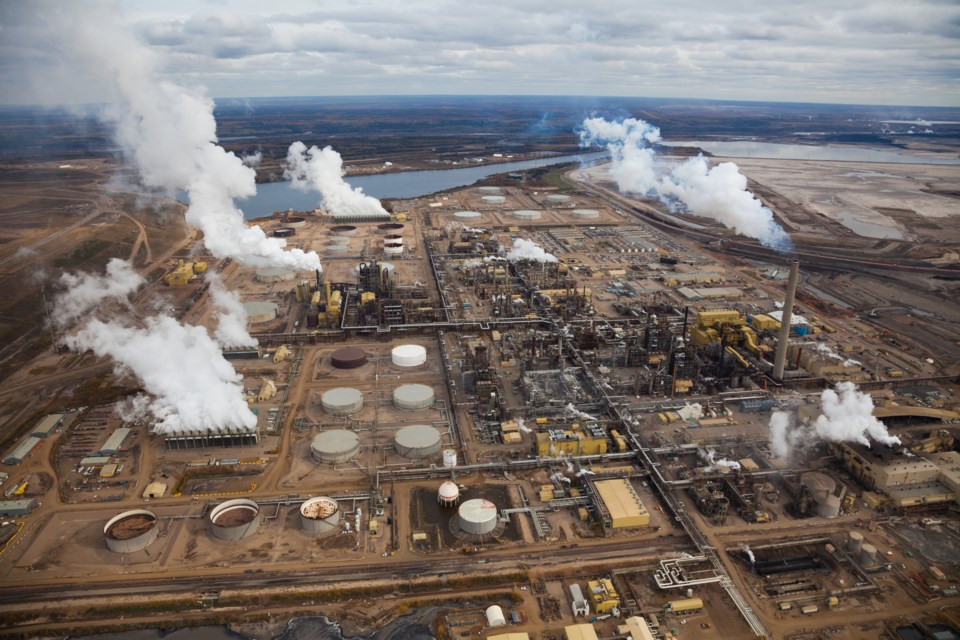The value of Canada’s natural resources fell 33 per cent in 2023, which contributed to lower inflation, according to Statistics Canada.
After hitting all-time highs of $2.6 trillion in 2022, the value of Canada’s resources -- which account for 19 per cent of Canada's GDP -- fell to $1.7 trillion in 2023.
“Despite this decrease, the value in 2023 was the second-highest resource wealth recorded since the start of the current data series in 1961,” Statistics Canada says.
Energy resources like oil and natural gas accounted for more 61 per cent of the value of all natural resource assets in 2023, minerals 24 per cent and timber 16 per cent.
Energy prices soared by 22.5 per cent in 2022, and fell 4.2 per cent on an annual average basis in 2023.
Energy totalled $1 trillion in value in 2023 – a $575 billion decline from 2022. Bitumen crude from Alberta alone totalled $608 billion in 2023, a decrease of $248 billion from 2022.
“Despite this decrease, crude bitumen remained Canada's top natural wealth contributor in 2023, making up more than one-third of the total natural resource value,” StatsCan says.
The lower energy prices in 2023 contributed to lower inflation.
The consumer price index was 3.9 per cent on an annual average basis in 2023, following a 40-year high increase of 6.8 per cent in 2022.
“Deceleration in the annual average headline inflation was led by lower energy prices, which fell 4.2 per cent on an annual average basis in 2023 following a 22.5 per cent increase in 2022,” StatsCan says.
“The slowdown in energy prices was led by gasoline prices, which fell 7.6 per cent in 2023 after a 28.5 per cent increase in 2022, when crude oil prices rose due to a number of factors, including supply uncertainty resulting from Russia's invasion of Ukraine as well as higher global demand as travel increased amid easing COVID-19 restrictions.”
Natural gas prices declined 4.2 per cent in 2023, following a 26.9 per cent increase in 2022.
As for minerals and mining, mineral prices remained high in 2023, but were 28 per cent lower than in 2022. Minerals accounted $406 billion in Canada’s resource asset value in 2023.
Potash accounted for the most valuable mineral at 35 per cent, followed by iron (30 per cent), gold (13 per cent), and nickel and copper (12 per cent).
At $267 billion in 2023, the value of timber fell 29 per cent compared to 2022.
According to BC Stats, the value of lumber exports fell from $11 billion in 2022 to $7.7 billion in 2023, while natural gas exports fell from $7.7 billion to $4.9 billion. The value of copper concentrate exports basically remained stable at $3.7 billion for both years.



